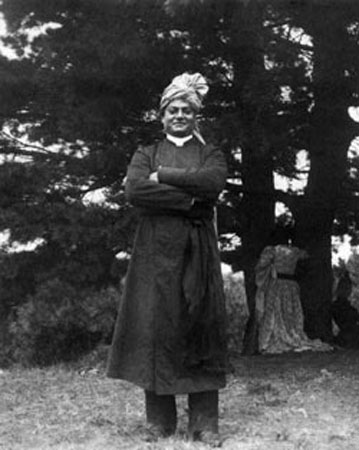 |
| Credit: Calle Eklund/V-wolf |
Previously posted on January 29, 2022
"Riskområde: Tjärna Ängar" is a Swedish documentary recently aired on SVT, the Swedish public service TV network. It´s only available in Swedish. Tjärna Ängar is a neighborhood in Borlänge (in the county of Dalarna or Dalecarlia). Most of the inhabitants are immigrants, and half of those are from Somalia. Swedes have nicknamed the neighborhood "Little Mogadishu". Tjärna Ängar is officially on the Swedish government´s list of areas with dangerous social problems (really a euphemism for No Go Zones). These are heavily immigrant neighborhoods with high rates of crime, unemployment and welfare dependency. For some reason, Tjärna Ängar is often mentioned in Swedish media, perhaps because it´s the northernmost of the problem areas (it´s actually in central Sweden). There doesn´t seem to be anything particularly unusual with this particular barrio compared to all the others.
Officially, the population of Tjärna Ängar is 3,500. The houses are built for 5,000 people. However, many suspect that the actual population is around 10,000. The documentary doesn´t explain who these additional people might be. Illegal aliens? Unregistered children, or what? The camera crew is threatened by stone-throwing masked criminals who (bizarrely) demand that the TV documentary must "concentrate on the positive things" in the neighborhood. A local Somali association refuse to participate in the documentary after realizing that it will be critical. At one point, the reporters interview a group of young drug dealers who spout politically correct rhetoric, as if they were left-wing activists! Meanwhile, 49% of all elementary school children fail to qualify for senior high school. Kids in the area tell stories of shootings and other disturbances.
The reporters interview Mursal Isa, a Somali immigrant who represents the Green Party on a regional government committee. Isa was threatened by criminal gangs from Tjärna Ängar for wanting to speak to SVT. He believes that the failure of integration in the neighborhood is to a large extent caused by the Somali community itself (hardly the official Green Party position). When new Somali immigrants arrive at Tjärna Ängar, the local ethnic networks tell them three things: it´s pointless to learn the Swedish language, it´s not worth the effort to seek employment, and everyone who reports local crime to the police risks being attacked by the criminals (hint hint nudge nudge). Isa believes that the immigrant associations in the neighborhood, which get enormous public grants, form a kind of elite group and do very little to actually solve the social problems. (One of the Somali associations teach Quran classes. I´m sure this aids the integration process.)
Foreign students who study at the Dalarna University have been placed at Tjärna Ängar. Their house has been burglarized several times. When the students complained about the high rate of criminality to the student union, and the union supported them, the union was (surprise) accused of "racism" by the Somali associations. But who are these foreign students? They turn out to be...Black Africans! The irony is palpable. Perhaps the real racists are the politically correct bureaucrats who decided to place Third World students in a "Third World" barrio?
The documentary is concluded by an interview with Borlänge´s long-time mayor Jan Bohman (Social Democrat). He mentions all the programs the local government has initiated to help Tjärna Ängar. They aren´t working and Bohman has no real answers, except that the politicians simply have to stay the course. For instance, he promises an upgrade of the old houses in the neighborhood. I admit that I feel sorry for him - he looks like a typical Swedish local politician who is trying to administer the crisis as best as he can. Bohman at one point says that welfare payments should be the responsibility of the national government. He does have a certain point. And while the alcalde can´t say it, the problems are *created* at the national level, including the Social Democratic Party (which is currently in government).
Here is a heretical thought: what if the overwhelming majority of Somalis *actually don´t want to be integrated into Swedish society*? Why *should they* want to be integrated? Isn´t this just a smug liberal myth, that everyone in the world wants to be like "us", meaning the modern-liberal Western middle class?
Another thought: why was this "racist" program aired on Swedish public service TV? Managed dissent?
With that, I leave you for now.
.jpg)



.jpg)
.jpg/800px-Visita_del_Presidente_de_Turqu%C3%ADa_a_la_Canciller%C3%ADa_del_Per%C3%BA_(24663516722).jpg)


